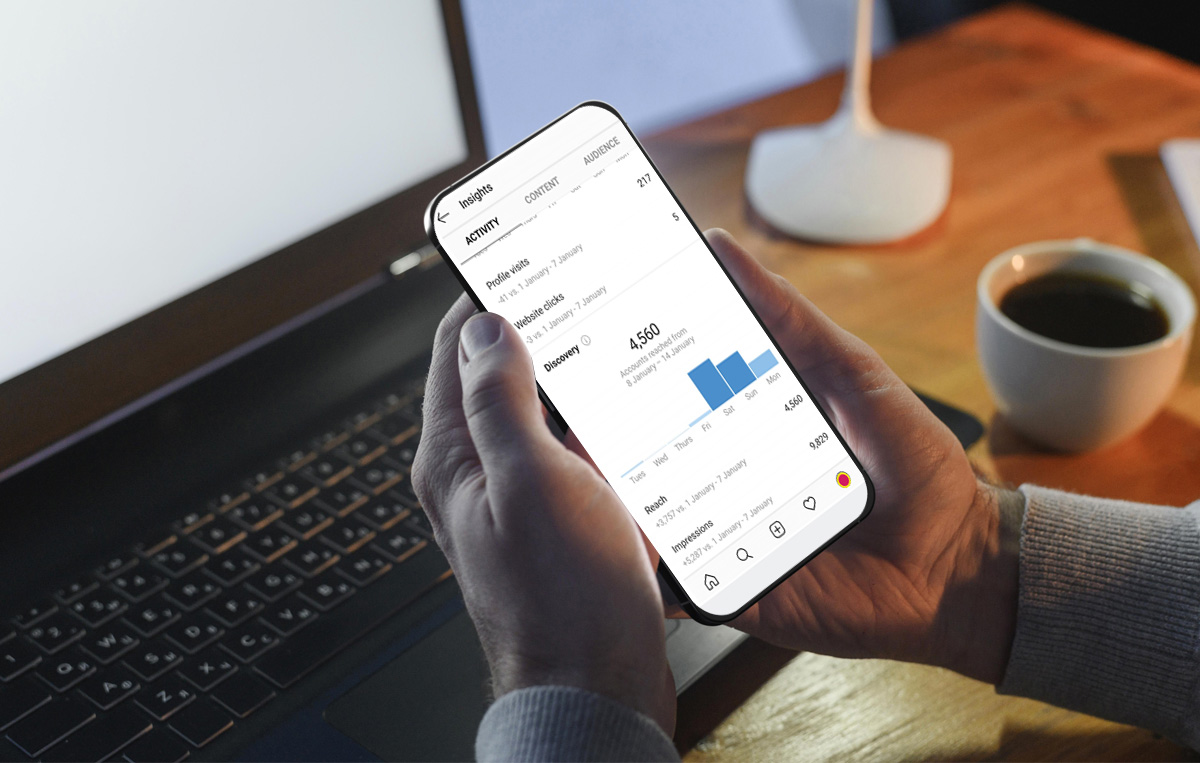More About Webinar
Did you know the term ‘webinar’ is a portmanteau word derived from ‘web’ (referring to the internet) and ‘seminar’?
The concept of online meetings and conferences was introduced in the 1990s. From the first forms of online communication forums like bulletin board systems to the widely adopted web conferencing of the early 2000s, the webinar concept has been in the works in one form or the other for the last decade.
A webinar is essentially a flexible, interactive, accessible means of presentation and can be employed to engage and inform a large audience on various subjects or concepts. It is conducted entirely online without a physical audience. Participants only need an internet connection and a device such as a smartphone, tablet, or laptop.
Typically lasting anything between 30 and 90 minutes, a webinar can also be recorded for on-demand viewing beyond the real-time presentation.
Now, what is a webinar’s range of use cases in today’s digital world? Webinars are commonly used by individuals, institutes, brands, and businesses for educational purposes, such as conducting training, product demonstrations, marketing events, thought leadership presentations, workshops, and lectures.
They offer a convenient mode to deliver content, engage with participants, and reach a geographically dispersed audience of varying sizes. (Generally, the number of attendees is determined by the platform being used for the webinar.)
Apart from dedicated online platforms, social media–Instagram, Facebook, Twitter, and LinkedIn, among others–also provides an effective avenue for conducting webinars, boosting visibility, reach, and connectivity. Generally, the speakers in webinars are subject matter experts, brand representatives, influencers, or professionals in various fields delivering information or sharing knowledge.
Their presentations are delivered with multimedia content, including slideshows, video, and audio elements, for enhanced engagement. The audience can actively interact with the presenter or host using the chat functionality, question-and-answer sessions, polls, etc. Some platforms also enable participants to engage with each other through chat and networking features.
Brands, influencers, and thought leaders can adopt popular webinar platforms like Google Meet, Webex, Zoom, eWebinar, Big Marker, and BlueJeans.
Thus, for individuals and organizations, these online seminars are cost-effective, convenient to host and attend, and easily accessible. Their success, too, can be easily measured using digital analytics tools.
Some webinar-hosting platforms, like Webinar.net, have an integrated analytics dashboard, as seen in the image below.



